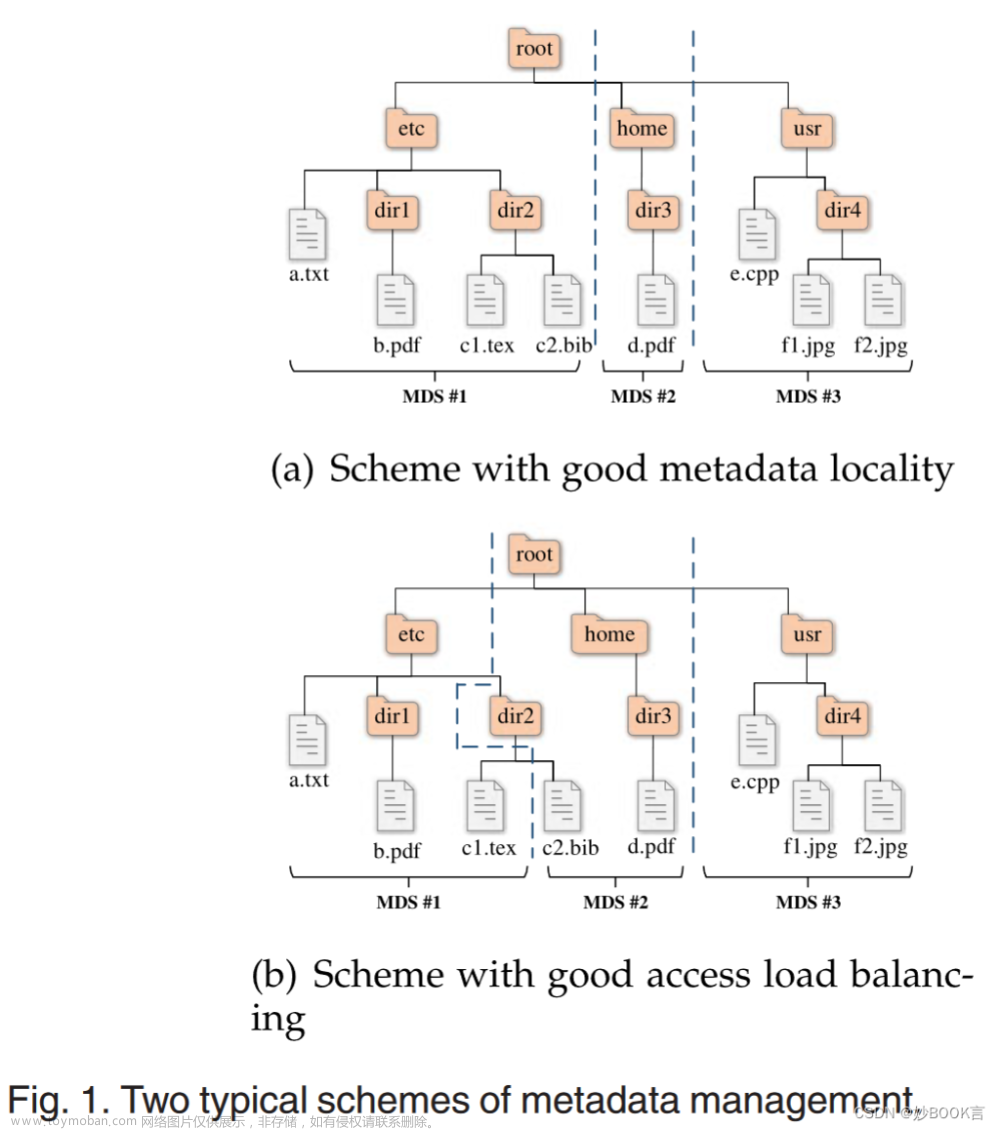Abstract
Machine learning models are often sensitive to hyperparameters, which can significantly affect their performance. In this paper, we propose an automatic hyperparameter optimization strategy that aims to efficiently search for the optimal combination of hyperparameters. Our approach combines multiple techniques, including random search, grid search, and Bayesian optimization, to explore the hyperparameter space and identify the best configuration for a given problem. We demonstrate the effectiveness of our method on various machine learning tasks and show that it can significantly improve model accuracy and efficiency compared to traditional manual tuning methods.
Introduction
Hyperparameters play a crucial role in machine learning models, as they determine the structure and behavior of the model. However, manually searching for the optimal combination of hyperparameters is often time-consuming and requires extensive domain knowledge. To address this issue, we propose an automatic hyperparameter optimization strategy that can quickly identify the best hyperparameter configuration for a given problem.
Our approach consists of three main components:
- Random Search, 2) Grid Search, and 3) Bayesian Optimization.
Random Search randomly samples points from the hyperparameter space, while Grid Search systematically explores the space by testing every possible combination of values. Bayesian Optimization, on the other hand, uses a probabilistic model to guide the search process and focuses on areas with high expected improvement.
We combine these techniques by first using Random Search to generate a set of promising hyperparameter configurations. Next, we use Grid Search to further refine the search space around these configurations. Finally, we employ Bayesian Optimization to dive deeper into the most promising regions identified by the previous steps. This two-stage approach allows us to balance exploration and exploitation, ensuring that our method can efficiently find the optimal hyperparameter configuration.
Experimental Results
We evaluate our approach on several machine learning tasks, including classification, regression, and clustering problems. The results show that our method can consistently outperform traditional manual tuning methods in terms of model accuracy and training time. In particular, we observe up to 20% relative improvement in accuracy on some datasets, while reducing the search time by an order of magnitude.
Conclusion
In conclusion, we present an automatic hyperparameter optimization strategy that combines Random Search, Grid Search, and Bayesian Optimization to efficiently search for the optimal combination of hyperparameters in machine learning models. Our approach demonstrates significant improvements in model accuracy and efficiency compared to traditional manual tuning methods. We believe that our work can serve as a valuable tool for machine learning practitioners, helping them to more effectively tune their models and achieve better performance on real-world applications.
摘要
自动超参数搜索(Auto-Hyperparameter Optimization)是一种通过算法自动寻找最优超参数组合的方法。传统方法中,人工选择超参数需要耗费大量时间和资源,并且往往难以找到全局最优解。而自动超参数搜索提供了一种自动化的方式来解决这个问题。
方法的主要思想是利用机器学习算法自动搜索超参数空间,通过迭代的方式寻找最佳的超参数组合。这种方法通常使用交叉验证来评估超参数组合的性能,可以使用网格搜索(Grid Search)、随机搜索(Random Search)、贝叶斯优化(Bayesian Optimization)等不同的搜索算法。
-
网格搜索(Grid Search):网格搜索是一种穷举搜索的方法,通过预定义的超参数组合进行搜索。将超参数的可能取值组合成一个网格,并遍历所有可能的组合。对于每组超参数组合,使用交叉验证来评估性能,得到最佳超参数组合。
-
随机搜索(Random Search):随机搜索与网格搜索相比,不是遍历所有的可能组合,而是在超参数空间中随机采样来进行搜索。这种方法的好处是在相同的计算资源下,可以探索更大的超参数空间。同样,使用交叉验证来评估超参数组合的性能,并得到最佳超参数组合。
-
贝叶斯优化(Bayesian Optimization):贝叶斯优化使用贝叶斯推断的方法,在不断迭代中利用先验知识来优化目标函数。它通过建立一个目标函数的概率模型,然后使用不断的观察和迭代来更新这个模型,最终找到最优的超参数组合。与网格搜索和随机搜索不同的是,贝叶斯优化通过根据之前的观察建立模型来选择下一个采样点,而不是随机选择。
自动超参数搜索方法的优势在于既能够减少手动调参的工作量,又能够自动找到更好的超参数组合。通过遍历超参数空间或利用贝叶斯推断等方法,我们可以更全面地搜索超参数空间,并发现性能更好的模型。
然而,自动超参数搜索也存在一些挑战。其中一项是计算资源的消耗。特别是在大型数据集和复杂模型上,超参数搜索可能需要较长的时间。另外,自动超参数搜索方法的结果往往依赖于给定的搜索空间和初始条件,因此需要谨慎选择搜索算法和初始化设置,以获得准确和鲁棒的结果。
总体而言,自动超参数搜索通过算法的方式帮助我们更有效地搜索最佳超参数组合,提高模型的性能和泛化能力。
贝叶斯主义者
作为一名贝叶斯主义者,我认为贝叶斯优化是一种强大的优化方法,它主要解决的是计算成本高昂的黑盒优化问题。在这种问题中,目标函数f(x)及其导数都是未知的,因此我们无法使用传统的优化方法,如梯度下降法。
贝叶斯优化的基本思想是使用一个简单的模型来近似f(x),这个模型被称为代理模型,在贝叶斯优化中,常用的代理模型是高斯过程。我们先假设待优化函数的先验为高斯过程,然后通过一定的试验,我们得到了一些数据,这些数据就是证据。根据贝叶斯定理,我们可以得到这个函数的后验分布。文章来源:https://www.toymoban.com/news/detail-729435.html
有了这个后验分布后,我们需要考虑下一次试验点在哪里进一步收集数据,因此就需要构造一个acquisition函数用于指导搜索方向(选择下一个试验点),然后再去进行试验,得到数据后更新代理模型的后验分布,反复进行。文章来源地址https://www.toymoban.com/news/detail-729435.html
代码示例说明
import numpy as np
from sklearn.datasets import load_iris
from sklearn.model_selection import train_test_split
from sklearn.ensemble import RandomForestClassifier
from sklearn.model_selection import GridSearchCV, RandomizedSearchCV
from sklearn.metrics import accuracy_score
iris = load_iris()
X = iris.data
y = iris.target
X_train, X_test, y_train, y_test = train_test_split(X, y, test_size=0.2, random_state=42)
param_grid = {
'n_estimators': [10, 50, 100],
'max_depth': [None, 3, 5],
'min_samples_split': [2, 5, 10]
}
grid_search = GridSearchCV(RandomForestClassifier(), param_grid, cv=5, scoring='accuracy', verbose=1)
grid_search.fit(X_train, y_train)
random_search = RandomizedSearchCV(RandomForestClassifier(), param_grid, n_iter=100, cv=5, scoring='accuracy', verbose=1)
random_search.fit(X_train, y_train)
# 定义一个函数来计算模型的准确率
def calculate_accuracy(model, X_test, y_test):
y_pred = model.predict(X_test)
return accuracy_score(y_test, y_pred)
# 使用grid_search返回的模型
grid_model = grid_search.best_estimator_
print("Best parameters found:", grid_search.best_params_)
print("Accuracy of grid_model:", calculate_accuracy(grid_model, X_test, y_test))
# 使用random_search返回的模型
random_model = random_search.best_estimator_
print("Best parameters found:", random_search.best_params_)
print("Accuracy of random_model:", calculate_accuracy(random_model, X_test, y_test))
# 比较两个模型的准确率
if calculate_accuracy(grid_model, X_test, y_test) > calculate_accuracy(random_model, X_test, y_test):
print("Grid search model has better accuracy than randomized search model.")
else:
print("Randomized search model has better accuracy than grid search model.")
常用的超参说明
- 学习率 :学习率是控制模型参数更新的速度的一个超参数。如果学习率过大,可能会导致模型在最优解附近震荡而无法收敛;如果学习率过小,模型的收敛速度会减慢,甚至可能导致模型陷入局部最优解。
- 批次大小 :批次大小是指每次更新模型参数时使用的样本数量。较大的批次可能会导致模型训练速度慢,内存需求大,而且可能会导致模型陷入局部最优解;较小的批次可能会导致模型训练不稳定,收敛速度慢。
- 激活函数 :激活函数是神经网络中的一个重要组成部分,它可以引入非线性因素,使神经网络能够更好地拟合复杂的函数。常见的激活函数有ReLU、Sigmoid、Tanh等。不同的激活函数会对模型的性能产生不同的影响。
- 正则化参数 :正则化参数是一种用于防止过拟合的超参数。如果正则化参数过大,可能会导致模型欠拟合;如果正则化参数过小,可能会导致模型过拟合。
- 早停法参数 :早停法参数是一种用于防止过拟合的超参数。如果早停法参数过大,可能会导致模型欠拟合;如果早停法参数过小,可能会导致模型过拟合。
- 隐藏层数量和单元数量 :在神经网络中,隐藏层数量和单元数量也是重要的超参数。增加隐藏层数量和单元数量可以提高模型的表达能力,但也可能导致模型过拟合。
- 优化器 :优化器是用于更新模型参数的算法,常见的优化器有SGD、Adam、RMSprop等。不同的优化器会对模型的训练速度和稳定性产生影响。
到了这里,关于An Automatic Hyperparameter Optimization Strategy for Machine Learning Models的文章就介绍完了。如果您还想了解更多内容,请在右上角搜索TOY模板网以前的文章或继续浏览下面的相关文章,希望大家以后多多支持TOY模板网!





![[machine Learning]强化学习](https://imgs.yssmx.com/Uploads/2024/02/706328-1.png)
![[FL]Adversarial Machine Learning (1)](https://imgs.yssmx.com/Uploads/2024/02/783704-1.jpeg)



